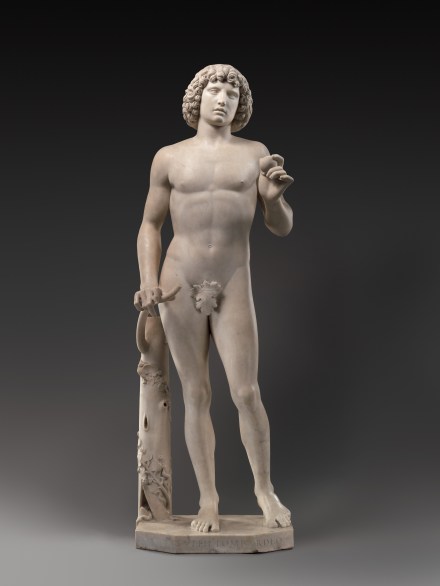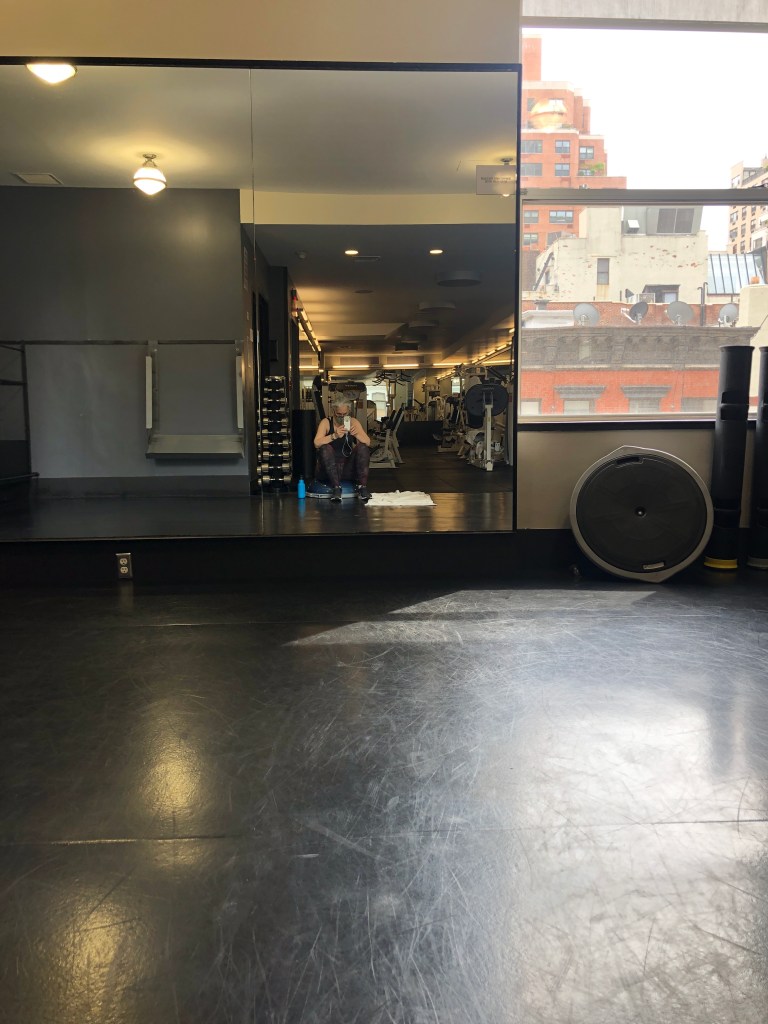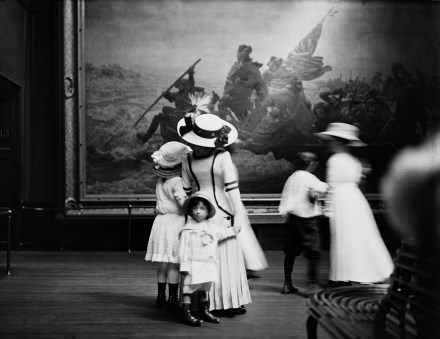Pam’s Pictorama Post: Today I am pausing to post about one of my mentors who died earlier this month at the age of 89. Her name was Judy and although it saddened me deeply to hear of her passing I know the past few years have not been good to her, pandemic even not withstanding, and she must have hated that.
She had left her beloved Manhattan, whose sidewalks she had pounded for years and whose museums, theaters and concert halls she had frequented, for a retirement community out of state and near one of her daughters more than ten years ago. I saw her subsequently but her health during the years of her retirement has not been great in general despite having been a very robust senior. We had kept in touch through cards and occasional calls until my calls seemed to confuse her about 18 months ago.
As long-standing Pictorama readers may know, I worked at The Metropolitan Museum of Art for thirty years before taking my current position about five years ago. (My post dedicated to leaving the Met can be found here.) For several decades of that time I worked under Judy until, after her semi-retirement, she spent another several years working for me in one of those twists which I use as an example of management challenges I have faced when asked. As it happens, she did not actually hire me, but inherited me when she took up her position at the Met. My previous assignment was winding down and she was coming to start a new program. I remember thinking I would stay long enough to give it a try and see if I liked it which we joked about decades later.
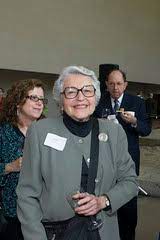
There are many things I could say about her wit, intellect and elegance. Always ready to discuss politics or the latest production of a play, she was a remarkable woman and an enormous influence on me. Her voice continues in my head today pertaining to certain things and we were so close for so many years that an avalanche of condolences have come my way since news of her death was made known.
An attorney turned fundraiser, Judy had exacting standards which fit well into an organization which prized itself on world excellence. It created a high bar that I in particular as the person working most closely with her, assumed quickly. Whether it was a point of grammar (it was an office where grammatical discussions ensued on a regular basis and worn copies of Chicago Style would cross reference with a book of Met style and occasionally someone would site The New Times) or where page numbers should appear in a document, she had definite opinions. Pre-computer I sat with a thesaurus and a dictionary on a shelf over my desk which I would refer to continuously. (They remain there although mostly ceremonial at this point and of course inaccessible there over the past two years of working from home.)

It should be noted that a graduate of Smith college she had worked at different jobs (I believe she wrote for the early television show Omnibus), but was newly enrolled in law school when she was unexpectedly widowed. She was left with two young daughters and chose the difficult path of completing law school to support them. When I met her, Judy had left the practice of law and found her way into the newly developing area of fundraising called planned giving which focused on the tax advantages of philanthropy and estate planning.
Ours were careers that would span the dawn of the computer age and my early office eventually boasted one of the two fax machines for the Museum (that thing was loud and it used strange heat activated paper), followed by and a series of nascent computers and early attempts at email where I think we all had AOL accounts briefly. (I also transitioned from messages taken on note pads for that purpose to voice mail over the years!) We worked through a period where she hand wrote documents (on lined legal pads of paper) and I typed them on a word processor before we graduated to all having personal computers. Her handwriting was unbelievably neat or this would have been more of a chore. I rarely if ever had to ask what she had written, even when she was editing a document.
Within a few years our work and systems burgeoned and I was ambitious and took on all opportunities to turn my hand to additional areas. Therefore, in addition to my work with her I was running a growing annual giving program and special events such as dinners and receptions for exhibition openings, while we continued to work together on estate giving, creating complex contract templates and proposals. She was somewhat proprietary over my time and well, me. However she understood and applauded my ambition, and Judy knew that the best way to keep someone like me was to give me a lot of variety to learn from and keep me busy. I continued to work with her because I did learn from her and understood how valuable that was.

It wasn’t long before Judy evolved into den mom and chief confessor extraordinaire to the entire office and even a swath of the Museum. Given the closeness of my relationship (I used to quip that I spent many more waking hours a day with her weekly than with my now husband Kim) I would be tempted to say that she was a second mom to me, but she understood that I already had a wonderful mom who I am very close and our relationship was very close but definitely different.
When she retired I accepted the mantle of office good cop and chief sympathizer to a large degree although not a mom myself, never quite rising to the level of den mother. (Running my own office now I am keenly aware that I don’t get to be that person any longer as I am now required to be bad cop as well and keep the show running. I do miss my primarily good cop role at times.)

Judy was a fairly observant Jew and working with her pulled me closer to my (half) Jewish roots, reminding me of or teaching me about, aspects of the religion. She is, perhaps, the only person I know well who kept kosher. She taught me about the lesser celebrated holidays and some of the details of the better known
Every year at this time Judy would bake endless batches of hamantaschen for Purim. These are butter cookie pockets filled with thick jam in flavors like apricot, prune and poppyseed. Judy had a few recipes up her sleeve (we disagreed on the specifics of making matzoh brie as I remember and sadly I never tasted her potato latke that I understand were excellent), but by her own account didn’t love cooking.
Her hamantaschen production was her annual contribution and she made enough that tins of it would appear in the office each spring and soon it was legendary. In early March people would start to wander by the office with a weather eye for the day they would appear. She always secured a special tin of them just for me, heavy on apricot, and upon her retirement I ended up with it. I cannot see them in stores without thinking of hers. (The tin stayed with me and is the photo at the top of the post. I opened it today and discovered I had squirreled all sorts of Met related bits in it including several tin types and a nice plastic elephant that used to grace my desk.)
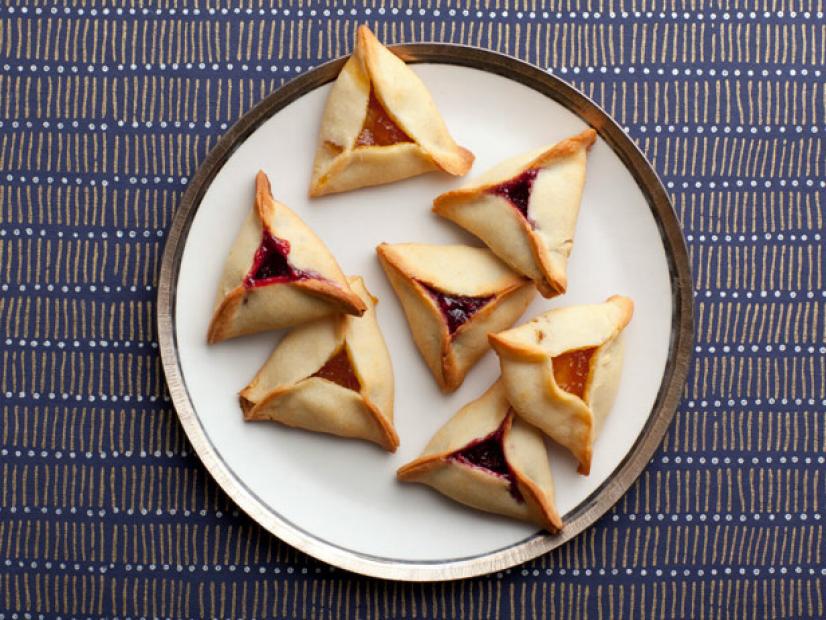
She guarded me like a momma bear over the years and I joked with one of her daughters via email that they must have felt like they had a third sister during those decades. I witnessed the wedding of her younger daughter (where I met a friend of hers who is a minister, Liz Wheeler, who ultimately married me and Kim) and waited with anticipation the birth of numerous grandchildren. Family always came first for her and her daughters and grandchildren were truly her proudest accomplishments. In turn, over time, she met my father and sister when they made their way to the Museum periodically and she knew the inner workings of my family and friends intimately as well. She was among those who saw me through the death of my sister toward the end of our time working together.
In addition to being exacting, Judy also had a hot temper and although never in all those years did she lose her temper with me, I did witness a number of remarkable skirmishes over time. Those who know me well understand that I have a hard and fast rule that I will not work for anyone who yells at me. I worked in kitchens early in my career and decided that I had had enough yelling for a working lifetime. There was one occasion, at the end when she was part time and working for me, when she came to me very angry about something and I told her that I thought she was being unfair and why, and maybe it wasn’t really me she was angry at. To her credit she accepted that; it was the closest we ever came to a real argument and I suspect was mostly about the shifting sands of time she was experiencing.
When after her retirement I had taken on a large part of the management and administration for that office and then eventually was lured away from the Met to run my own office, she marveled openly at my ambition. She had never wanted to leave her area of fundraising and was shocked but very proud of my subsequent accomplishments, such as they were.
I got a call last Sunday from a former Museum colleague while out running errands telling me of the paid notice in the New York Times announcing her death. Shortly after the call ended, I looked in a window as I continued on 86th Street and these trays of hamantaschen were on display. I thought to myself that it was like a wink from Judy as she went on her way.

